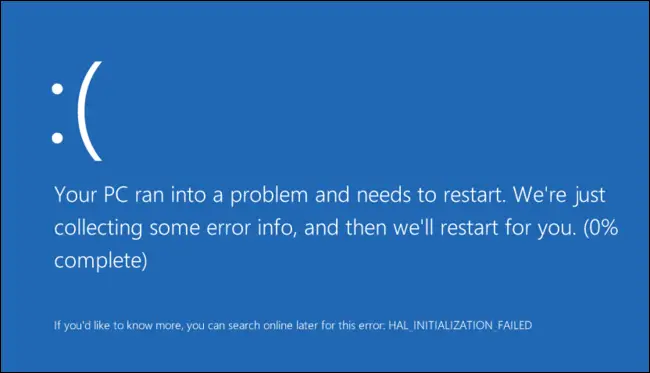
This article will introduce how to detect whether the PC motherboard is faulty. The motherboard is the main circuit board in the computer that carries all hardware components, including CPU, RAM, SSD, etc., which are all connected to the motherboard.
The motherboard plays a key role in the computer. It is like the brain of the computer, if there is a problem with the motherboard, the entire system will not function properly. When a motherboard fails, it usually displays some specific symptoms, such as being unable to boot, frequently crashing, or not being able to recognize the hardware. Prompt recognition of these symptoms is critical to maintaining the health of your computer, as a faulty motherboard can cause damage to other hardware. Therefore, it is very important to know how to tell if there is a problem with your motherboard.
let us start.
When you hear a beep when you start your computer, it may be an indication of a hardware failure, but it is not necessarily a motherboard problem. Different makes and models will have different beep codes, indicating different hardware problems, which may be a failure of RAM, CPU or other components. Therefore, listening carefully to the beeps and referring to the corresponding instructions can help accurately diagnose and solve the problem.

To troubleshoot computer problems, you need to decode the beeps. Check your computer manufacturer's website for a list of beep codes.

The motherboard is the core component of the computer and carries all hardware components. Although a failed motherboard can cause a computer to be unable to boot, an inability to boot does not necessarily mean a failed motherboard. Other issues can also cause your computer to not start properly.

If your motherboard fails, it will cause your computer to frequently experience blue screen errors. While working, you can encounter BSOD errors at any time, even during startup. BSOD can be caused by many reasons, and when BSOD occurs, the system will display an error code or message. Based on this information, you can further troubleshoot and determine whether the problem is related to the motherboard.
A faulty motherboard can also affect other hardware components such as CPU, RAM, hard drive, etc. Therefore, if your motherboard fails, other hardware components will not work as expected and your system's performance will lag.
This is the most common symptom of motherboard failure. Some of you may have encountered this issue where your computer stops recognizing connected hardware like USB mouse, USB keyboard, etc. When Windows does not recognize a USB device, it displays an error message so that users can troubleshoot and fix the issue.
You will often encounter this problem if your motherboard is dead. Due to a motherboard failure, the PC stops recognizing the hardware devices that the user is trying to connect to their computer. However, the problem can also be related to the hardware device.
Read: Warning signs your PC will crash or freeze

There are many reasons for motherboard failure. Here are some of them:
that's all.
In most cases, the motherboard is repairable. Technicians troubleshoot your motherboard to identify the faulty hardware component that is causing your motherboard to not work. After repairing the faulty hardware, the motherboard started working again. However, if there is physical damage to the motherboard, repair is less likely.
Reading: How to tell if a Monitor is dying?
Damaged motherboard cannot boot. Motherboards can be damaged in various ways such as water damage, overheating damage, etc. If your computer motherboard has any physical damage, you need to contact a professional computer repair technician.
Read next: What are the signs of RAM failure and how to check faulty RAM?
The above is the detailed content of How to tell if motherboards are dying on your PC. For more information, please follow other related articles on the PHP Chinese website!
 Computer Languages
Computer Languages
 Computer application areas
Computer application areas
 What is the encoding used inside a computer to process data and instructions?
What is the encoding used inside a computer to process data and instructions?
 The main reason why computers use binary
The main reason why computers use binary
 What are the main characteristics of computers?
What are the main characteristics of computers?
 What are the basic components of a computer?
What are the basic components of a computer?
 What keys do arrows refer to in computers?
What keys do arrows refer to in computers?
 How to recover browser history on computer
How to recover browser history on computer




